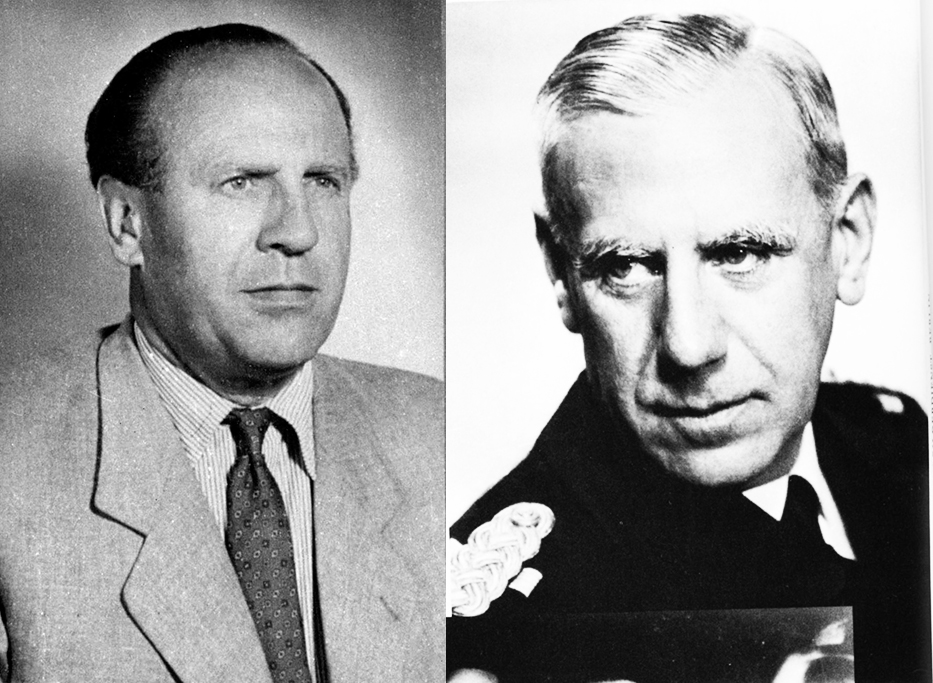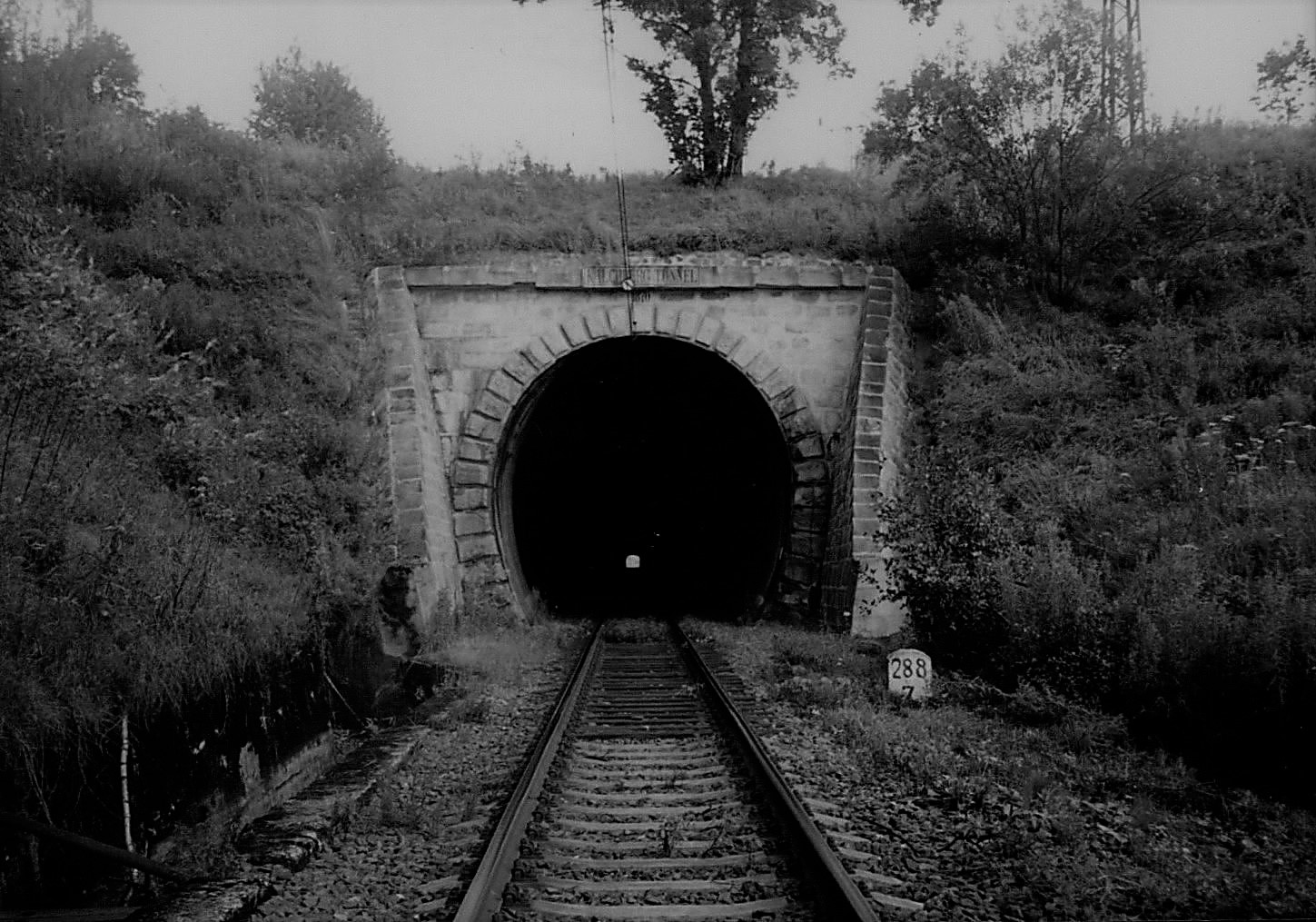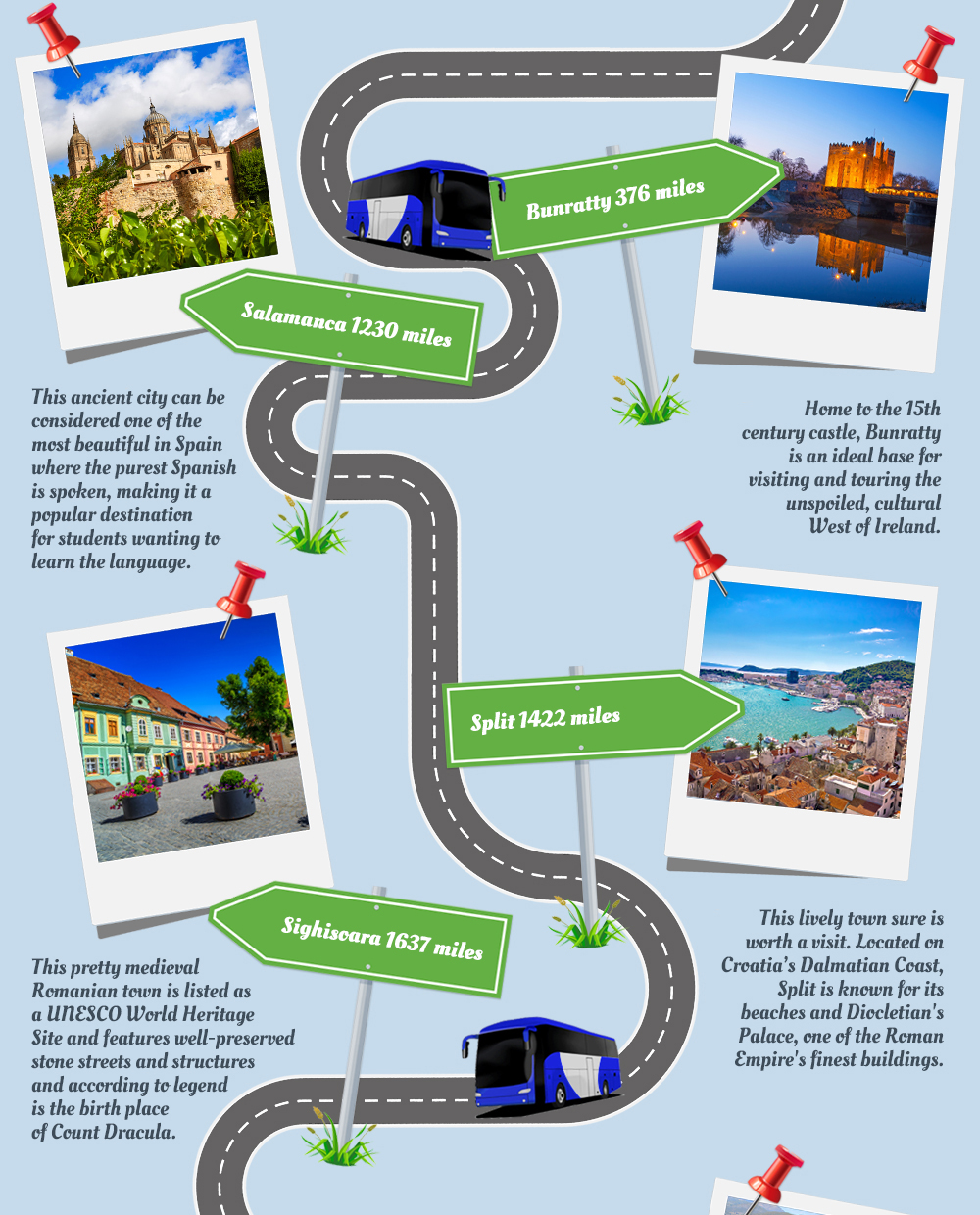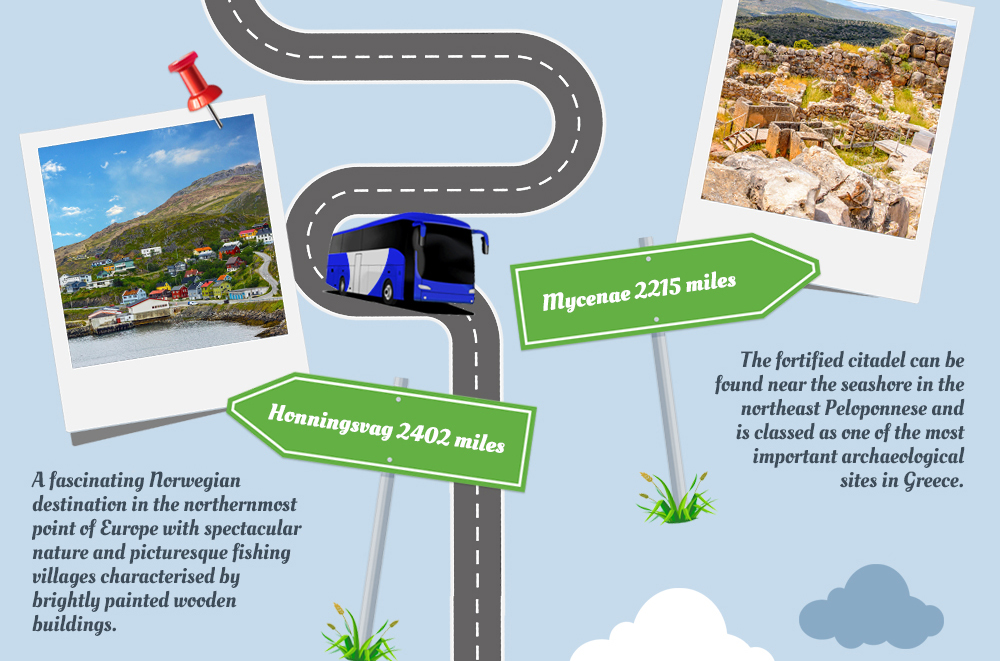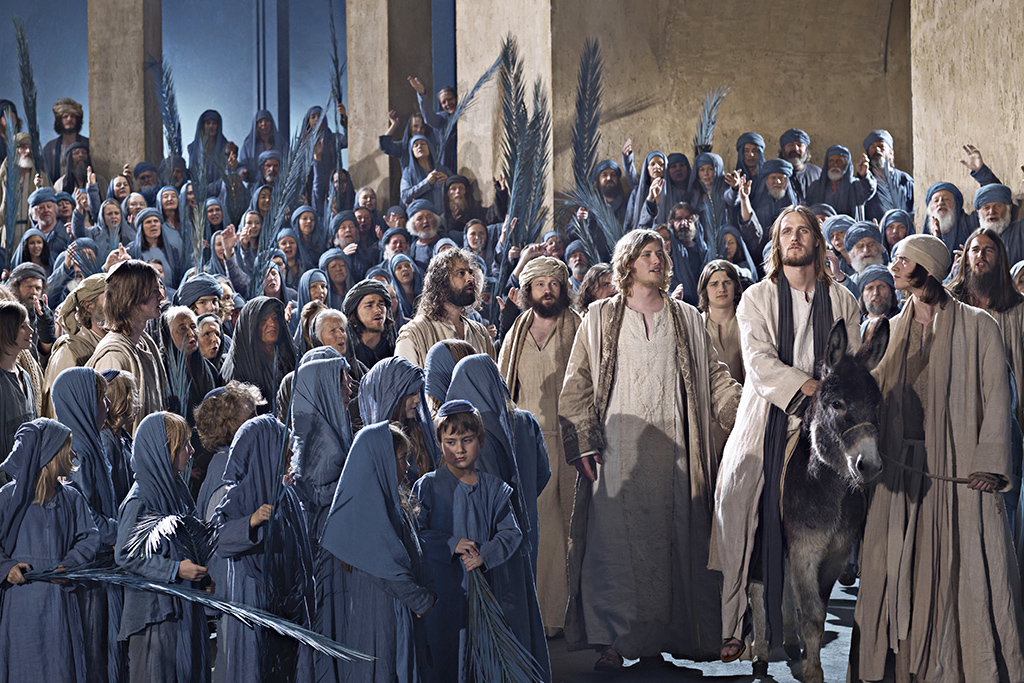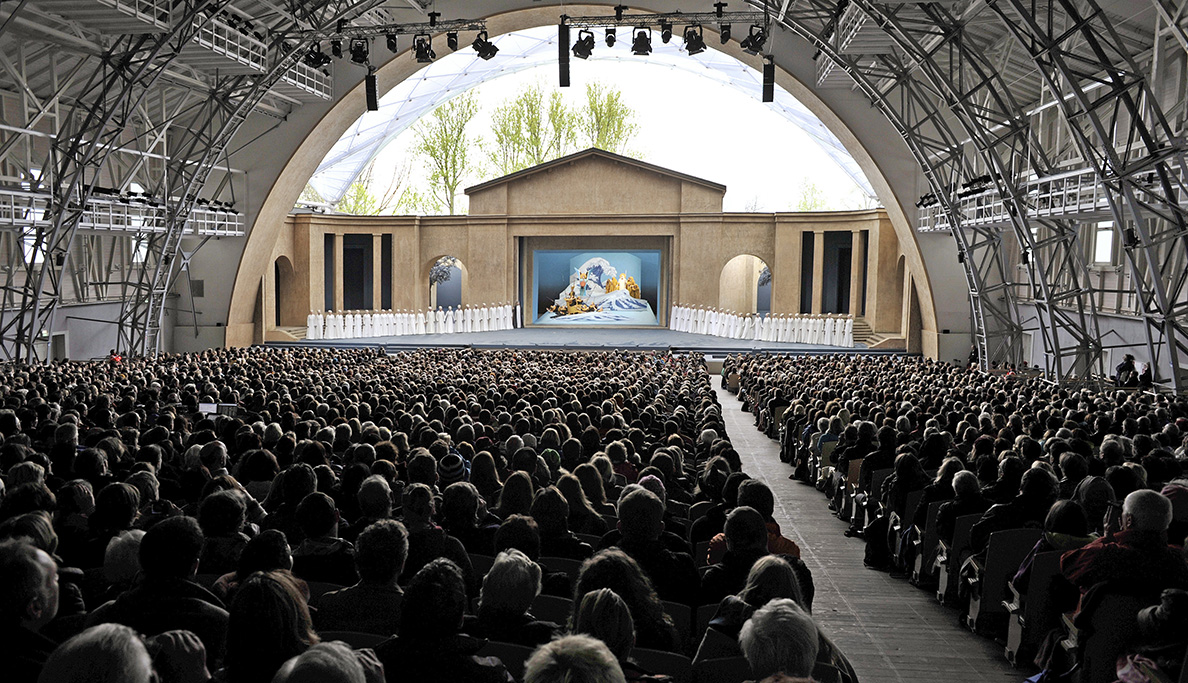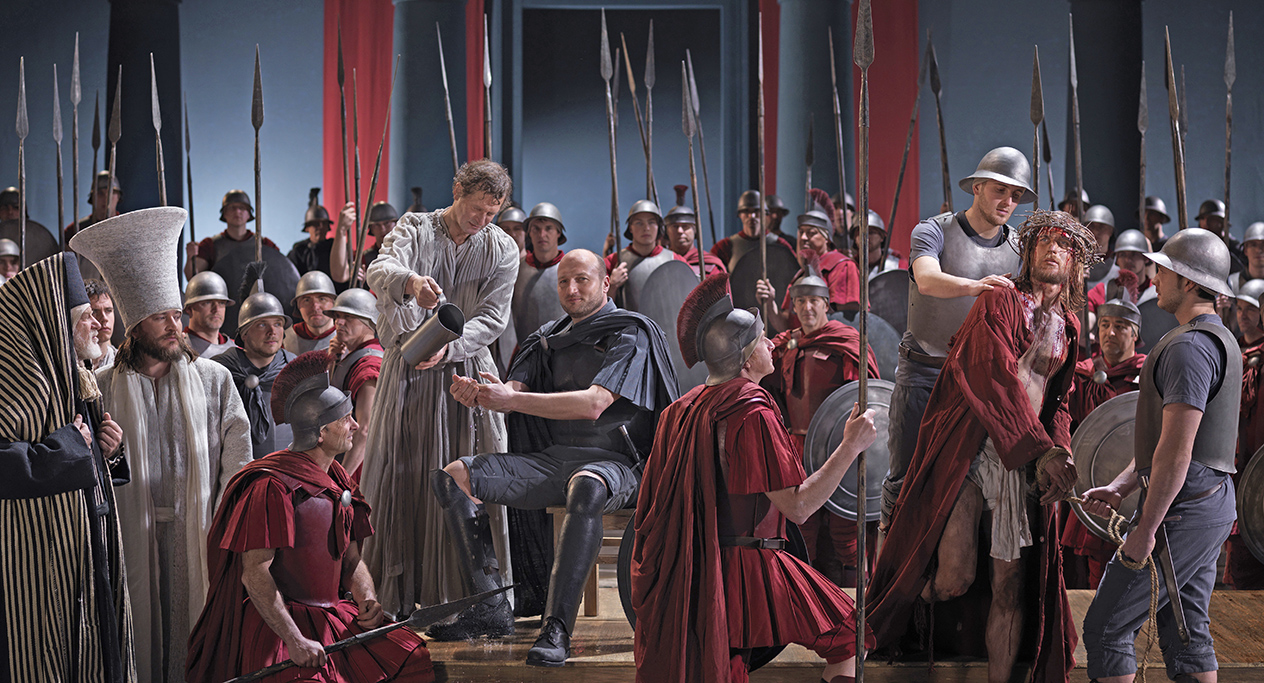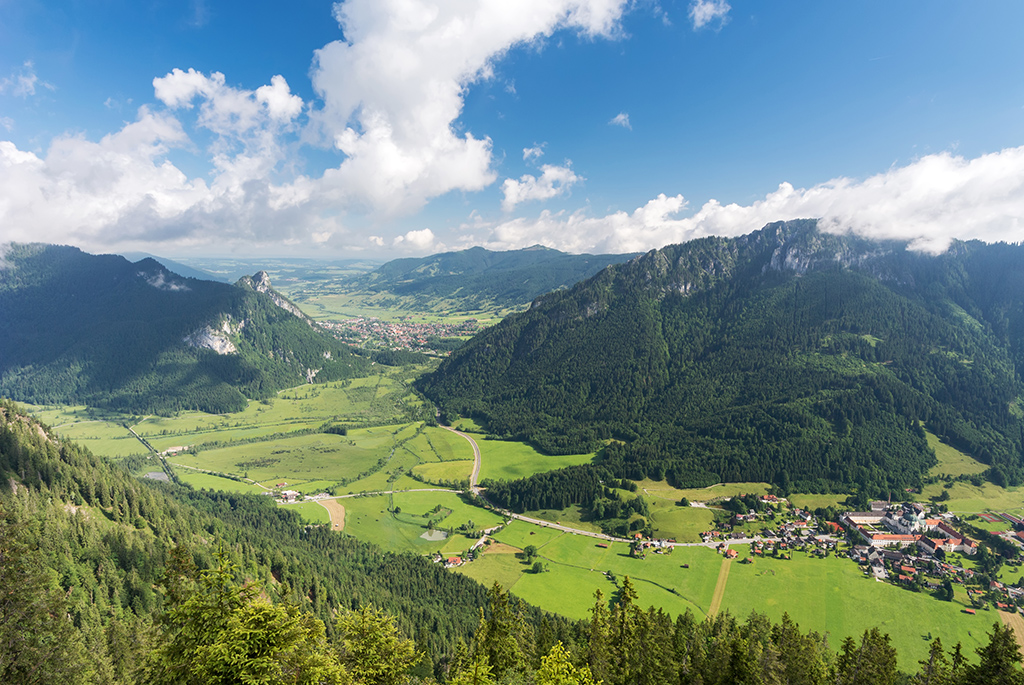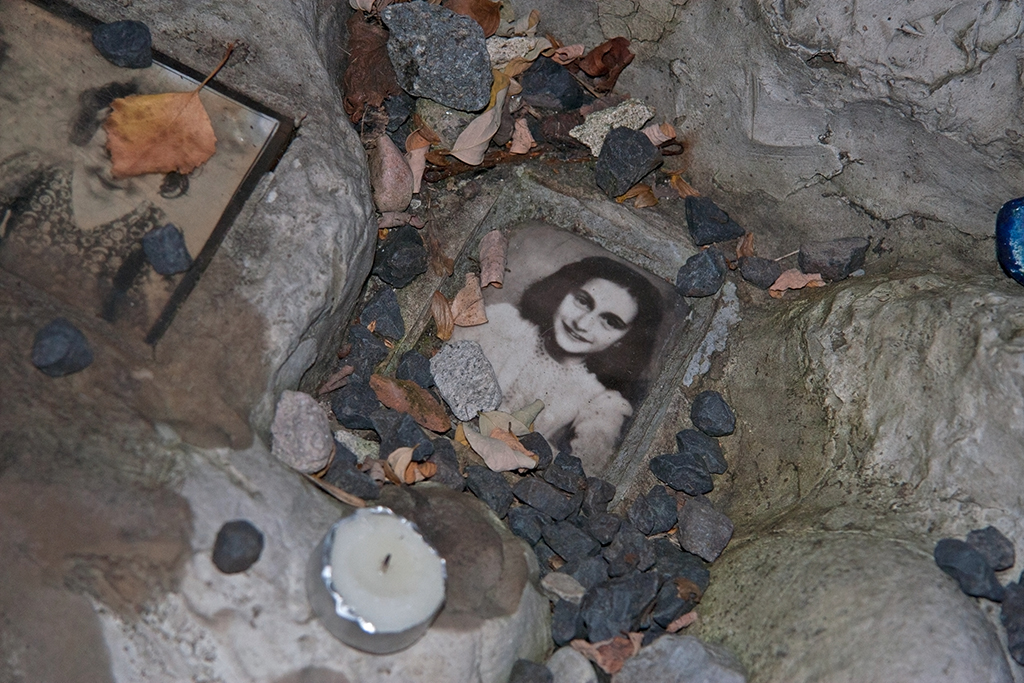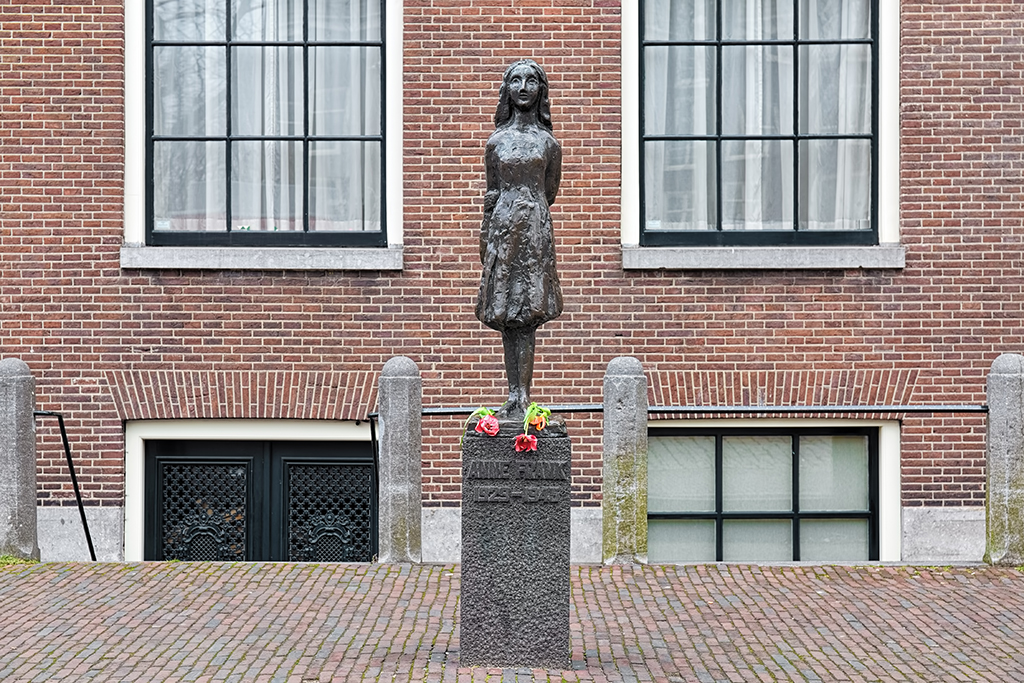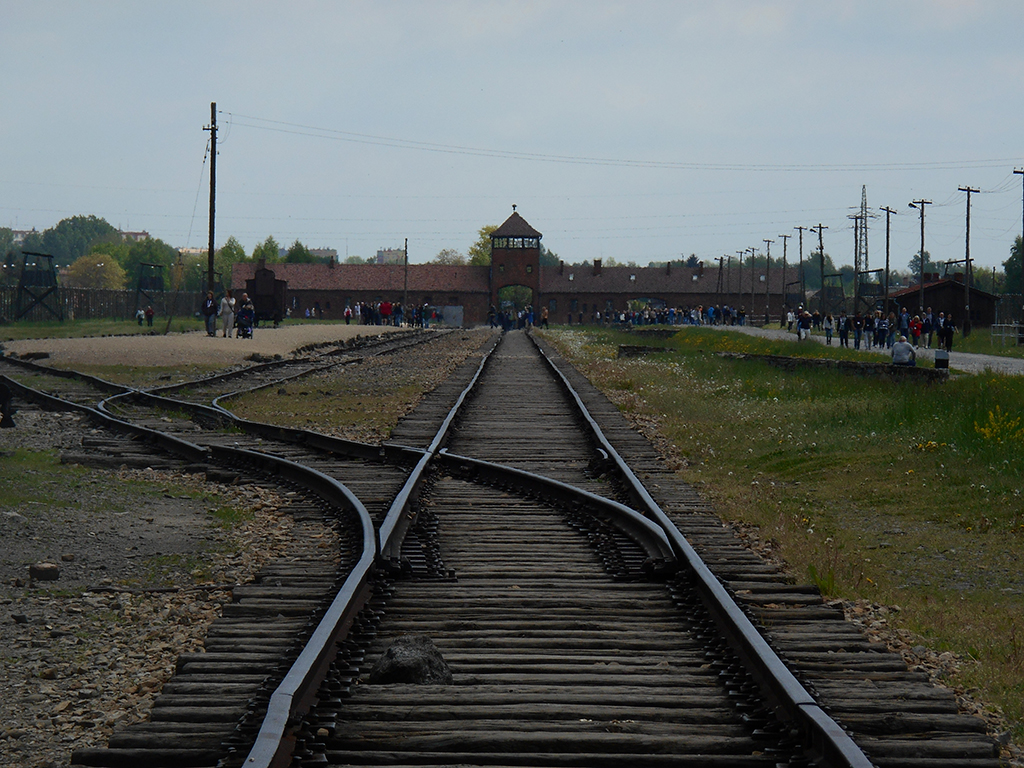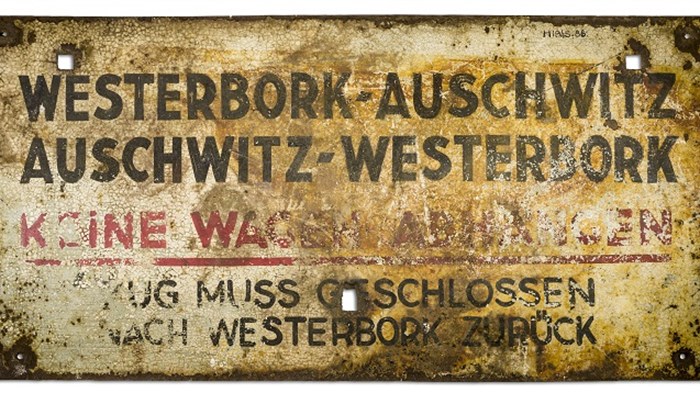With Easter just around the corner, we decided that we’d like to dedicate some time to acknowledge one of Europe’s sweetest countries, and no, we don’t just mean because of its small size…
If you’re looking forward to tucking into some Easter eggs this weekend, you’ll certainly be intrigued by the fact that Belgium produces a whopping 220,000 tonnes of chocolate per year! But that’s not all that this wonderful country has to offer, from canal side cities, to beautiful beers, almighty Christmas markets and coastal treasures, you’ll certainly not be bored in Belgium.
Dig into our blog, and see why Belgium should not be overlooked when planning your next visit to Europe.
Food glorious food!
Belgium is renowned for its famous variety of delicious delicacies, from the obvious traditional chocolates to deep-fried frites, whilst in Belgium, be sure to indulge in some tasty treats…
As we all know, Belgium is celebrated for its chocolate. There are over 2000 chocolatiers in the country, which is also home to famous brands such as Côte d’Or and Belvas, and Brussels airport is the largest chocolate selling point in the world.
The delicacy has been associated with the country since the 17th century and since then the industry has remained rife. So, as you saunter the streets in Belgium, ensure you pay a visit to a traditional chocolate shop, for a taste sensation you’ll never forget!

Chocolate is not the only sweet treat that the country can claim though, it is also home to the wonderful Belgian waffle. There are two types of Belgium waffle, the Brussels and the Liege. The Brussels waffle is rectangular and bigger than the Liege.
They are also crispy on the outside and light and airy on the inside, and traditionally served topped with whipped cream and strawberries. The Liege waffle is more oval shaped, they are softer, doughier, a lot more flavourful and sweeter, meaning that they are often served without toppings. We’d definitely recommend trying both types whilst in Belgium!

And, if you’re more of a savoury person, you certainly need to ensure that you indulge in some frites. Although the French claim to have invented french fries, the delicious delicacy can actually be traced back to Belgium. It is rumoured that the potato based delights inherited the name the french fries during WW1, when American soldiers, thinking they were in France, called them french fries instead of fried potatoes.

So, if you’ve had a few too many Belgian beers, or you need something to keep you going as you explore the many wonderful streets of the Belgian cities, frites are certainly the way to go!
But where can we find all these tasty treats, you ask?
Well, Belgium is also home to some pretty amazing cities. From the fashion capital of Antwerp, to the canal side city of Bruges, the seaside resort of Ostend and the hidden gem that is Ghent… all waiting to be explored.
Antwerp, one of Belgium’s ‘coolest’ cities, has become increasingly popular with tourists over the past few years, and it’s not hard to see why… Home to Europe’s second largest port and regarded as the world’s diamond capital, Antwerp boasts a lively shopping scene, classic architecture and a host of trendy cafes and coffee shops, making Belgium’s second largest city the place to be.
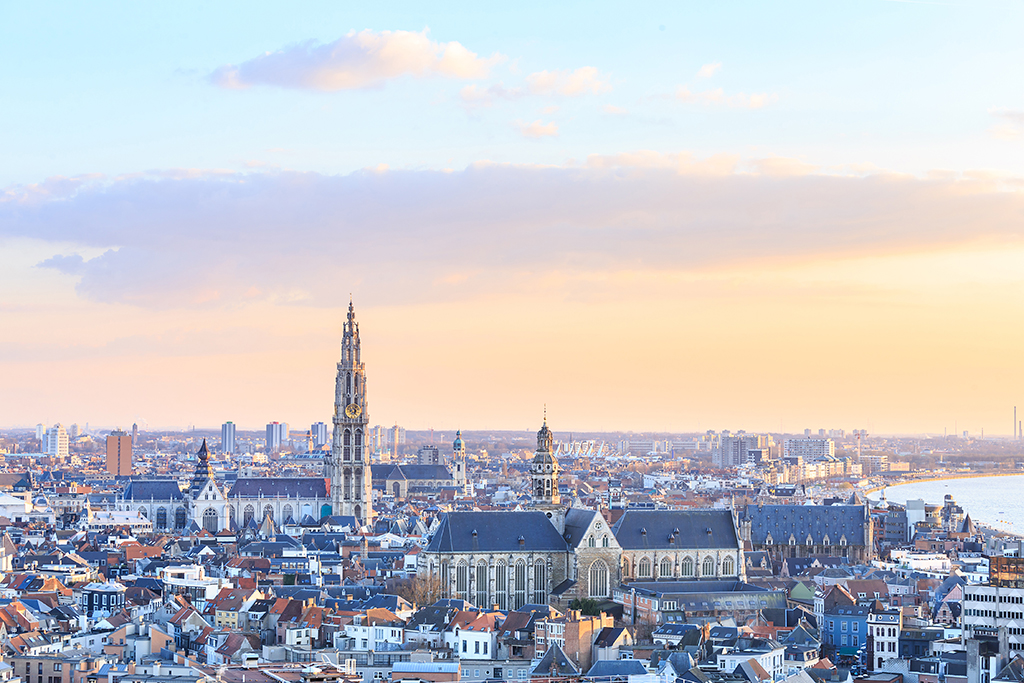
Belgium’s most underrated city is quite possibly glorious Ghent. This hidden gem is a marvel to behold. Small and cosy, the University City is full of spectacular sights, marvellous museums, and like Bruges, pretty canal side architecture. It’s walkable and the city’s cobbled streets are super easy to get around.
Also, as Ghent is not yet as popular as its neighbouring Bruges and Antwerp, the town is not full of tourists, giving it a calm and welcoming feel and allowing you to take in the city’s sights at your own pace… But hurry, before everyone realises just how amazing Ghent is, which we doubt will be long.

Ostend, the ‘Queen of Belgium’s seaside resorts’, is definitely on our list of places you must visit. The coastal city features five and a half miles of sandy beaches, plus a fantastic promenade lined with shops, bars and restaurants which serve spectacular seafood, and many museums that must be explored.
Last, but certainly not least, we have to mention the Beautiful Bruges, the golden child of Belgian tourism. Bruges is a truly beautiful city and has been popular with tourists for many years. Being the focal point of the hit movie ‘In Bruges’ and being one of the world’s best preserved medieval cities certainly helped the canal side city earn its status. But with so much to see, from the Belfry to the Beer Wall, Basilica of Holy Blood to pretty canals, and with an all-round amazing atmosphere, we’re not surprised that Bruges is so popular.
Belgian Beer & Spirits
With over 180 breweries in the country, producing over a thousand different types of beer, it’s certainly safe to say that Belgium is a haven for those with a taste for the beverage.
There’s something for everyone, with a great diversity of flavours from sweet to fruity, to bitter or spicy. And, as an added novelty, almost every beer is served in its own unique glass, which is said to bring out the exclusive flavours and tastes of the different beers, making drinking Belgian beer an experience as well as a taste sensation.

The beer glasses also make for a brilliant souvenir and can be bought from almost any gift shop in the country. One of the most distinctive glasses is that of the Kwak beer, shaped like a vase, it has a rounded bottom, meaning it can’t stand without its unique wooden holder – make sure you order one and check it out whilst in the country.
Possibly the most popular types of beers produced in Belgium are the Trappist beers, and there are only eleven brewers in the world that can claim this prized label, six of which are located in Belgium. To be able to claim to be a Trappist beer, the beer must be produced by Trappist monks, in a Trappist monastery and it is a century’s old tradition. There are many different types, but the Orval, Westvleteren 12 and the Westmalle Dubbel are some of the favourites.
Not only do the beers range in flavours, the way in which they are produced, and the vessel in which they are served, but they also range from a low alcoholic percentage to a whopping 11-12%, so be careful not to have too much of the stronger stuff, but do ensure you enjoy a tipple or two of the amber nectar…
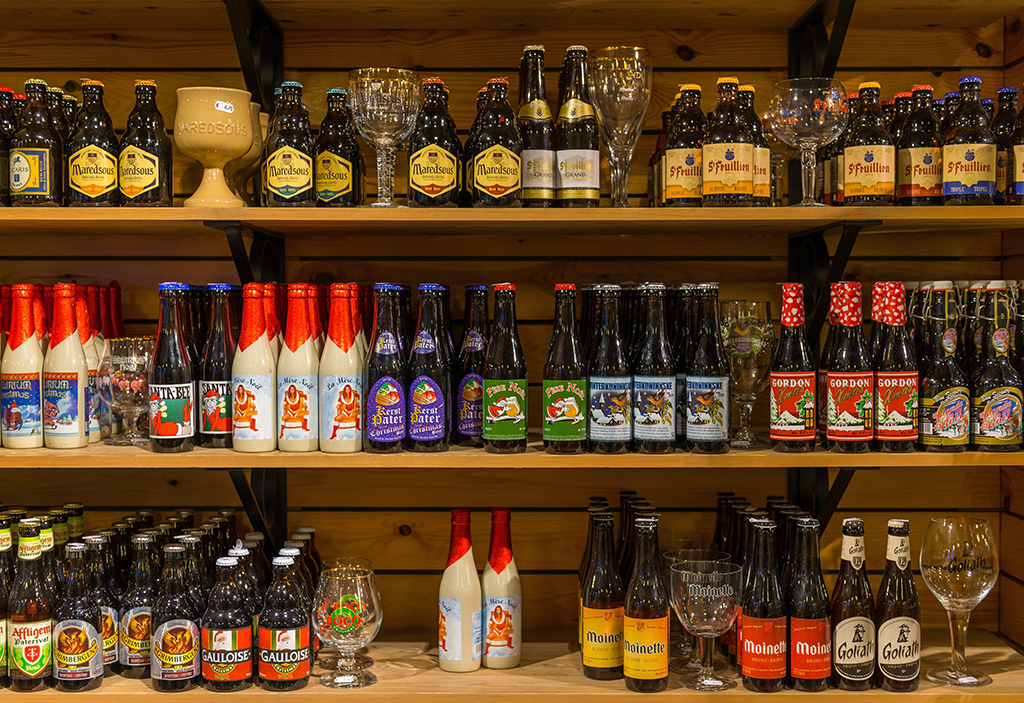
As well as beer, Belgium is also famous for Genever. Pronounced ‘Juh-nee-ver”, Genever is a flavoured spirit, which is often referred to as the ‘grandfather of gin’, as it is a juniper flavoured drink. It has been Belgium’s traditional spirit for over 500 years and not a lot of people know about it, so be sure to give it a try when you visit this beautiful country
Christmas Markets
Finally, how could we forget the festive markets? From the month of November, right through to the New Year, the cities of Belgium are transformed into fairy tale market places.
Pretty lights, festive decorations, Christmas trees and even ice rinks line the streets, as visitors flock from near and far to do their Christmas shopping. Browse the many stalls, all selling a wonderful array of traditional gifts, whilst you Indulge in some tasty treats from the many street food stalls, enjoy a Belgian waffle washed down with a warm hot chocolate, or enjoy a tipple of two of mulled wine.

Whilst Bruges, Lille and Ypres etc., all host some amazingly magical markets, Brussels Christmas market certainly is a show stopper. Not only does Brussels house fascinating monuments and amazing architecture, it really does have one of the best Christmas markets in Europe. With over 200 market stalls spanning from the Grand Place, the capital city is brought to life with twinkling lights, wonderful aromas and gorgeous garlands. A Ferris wheel allows you to see the markets from above, and a huge ice rink provides fun for all the family.
If you’re a fan of the Christmas spirit and you want a change from the busy shopping malls this holiday season, take a look at our Belgian Christmas Markets.
So, as you can see Belgium is certainly not boring, but don’t just take our word for it. Head over to our website and take a look at the tours we have on offer to Belgium, one of Europe’s sweetest countries.

